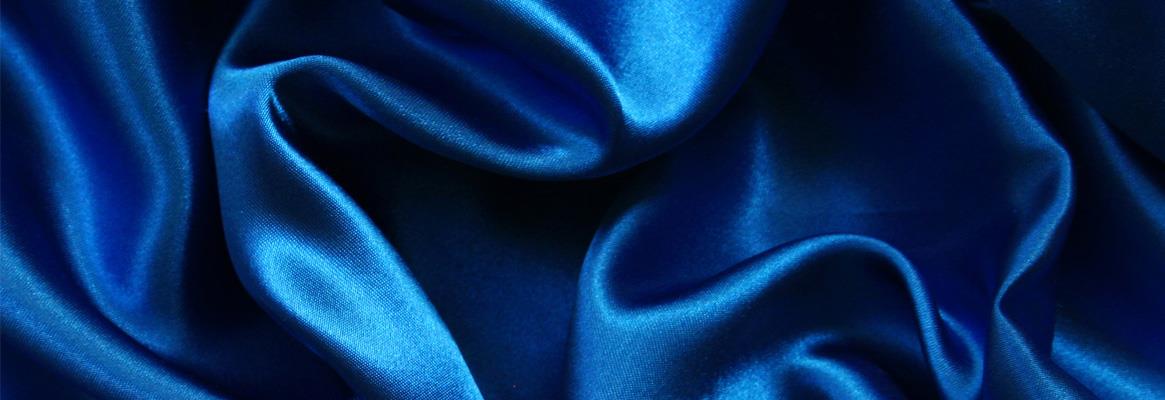Smart fabrics are special fabrics which can sense and respond to environmental conditions or impetuses from mechanical, chemical, thermal, magnetic, electrical or other sources, says Market Intelligence-Fibre2Fashion.
Talk innovation in fabrics and you think of smart fabrics. Smart fabrics are a combination of traditional fabrics with different technologies like sensor and actuator technology, material science, communication, structural mechanics, advance process technology, biology or artificial intelligence.
Smart fabrics can be categorised into four different types, based on functionality and responses:
1. Passive smart fabrics: These only sense the environmental conditions and impetuses. They are sensing fabrics. They sense different conditions of the environment like change in temperature, colour, shape and electrical resistivity.
2. Active smart fabrics: These fabrics not only sense environmental conditions and impetuses but also respond. So, they are sensing and responding fabrics.
3. Ultra smart fabrics: These fabrics have triple the functions like sensing, responding, and reacting as per environmental conditions and impetuses.
4. Fabrics with even higher level of intelligence: These fabrics use special artificial intelligence with computers.
List of materials used in the construction of smart fabrics:
- Conductive inks
- Nano fibres
- Optical fibres
- Metal fibres
- Organic semiconductors
- Nano particles
- Integrally conductive polymers
- Shape memory fabrics
- Phase change materials
- Chromic material
Photo chromic material
Thermo chromic material
Electro chromic material
Piezoro chromic material (Polyvinylidene Fluoride (PVDF) films)
Solvate chromic material
- Quantum tunneling composites, change from insulator to conductor
-Here are a few examples of smart materials used in the construction of smart fabrics:
- Smart fabrics made with the use of embedded optical fibres which reflect light back in the broken ends
- Acoustic emission material used smart fabric emits sound under high stress
- Microporous breathable smart fabric
Nowadays, after so many innovations in the smart textile industry, smart fabrics have become a part of our lifestyle. In every stage of life, we use smart fabrics directly or indirectly. There are many different applications of smart fabrics in many sectors like:
- Healthcare
- Sports
- Aerospace
- Defense and security
- Architecture
- Personal care
- Fashion/Lifestyle
- Home textiles
- Transportation
Major players of smart fabrics and their product range with features include:
1. AiQ Smart Clothing Inc.
This company has added different electronic materials and/or technology into textile to create their different range of products:
-
TouchMan Glove - A conductive glove made with stainless steel fibres with features like non-oxidising, conductive fingertips, high accuracy, non-irritant, machine washable, permanent conductive property. Improves results over time.
-
NeonMan - It's a lighting-smart fabric with integrated LED light and wires with small, rechargeable battery easily customisable, light-weight and machine washable.
-
ThermoMan - It's an electronic heating garment to keep its user warm in cold places and for water sports. It is a highly durable, soft, light-weight and machine washable product with fast and evenly distributed heating functionality.
-
BioMan - These are wearable and machine washable textile electrodes which continuously monitor human health conditions and can easily be paired with smart devices.
-
ShieldMan - Anti-radiation fabric with excellent shielding feature, soft, non-irritant, light weight, anti-static, and machine washable.
2. Interactive Wear AG
iConneX: Single coated copper litz textile cables which are lightweight, highly flexible and robust.
iComX: Its integrated communication system performs like a bluetooth or wireless communication with textile and accessories.
iThermX: Its textile integrated heating system which can be used in many products like pockets, gloves, collars, boots, etc.
iLightX: This is the company's customised textile integrated lighting system.
iPowerX: It's a wearable complete solar power source which can be easily integrated in garments, bags, backpacks, and textile products.
3. Clothing Plus Ltd.
Peak : With the brand name, Peak Clothing Plus is providing different solutions as per the customer's need which is helpful to users to monitor different body functions. Their list of solutions includes:
-
Activity monitor
-
Heart rate sensors inbuilt in bras, shirts, and straps
-
Biometrics Monitoring (EMG)
-
Sleep sensors
-
Fully integrated HRM solutions
-
Heart rate monitors
-
Footpads and pedometers
4. EXO2
FabRoc - It is a heat technology developed by EXO2 which can be used in different kinds of garments, accessories, commercial and industrial products to heat them.
5. International Fashion Machines Inc.
Essential and POM POM Wall Dimmer and ElectroPuff Lamp Dimmer: Different kinds of dimmers are made of special kind of fabrics with the use of special yarns which naturally sense the body.
In 2016, the size of the global smart fabrics market was valued at around USD 1.2 billion. Day by day, with increasing popularity of smart fabrics, growing demand, advancement in technology and plummeting cost of manufacturing, its market size is expected to rise phenomenally. It is expected that the smart fabrics market will reach around USD 3.3 billion by 2021.










Comments